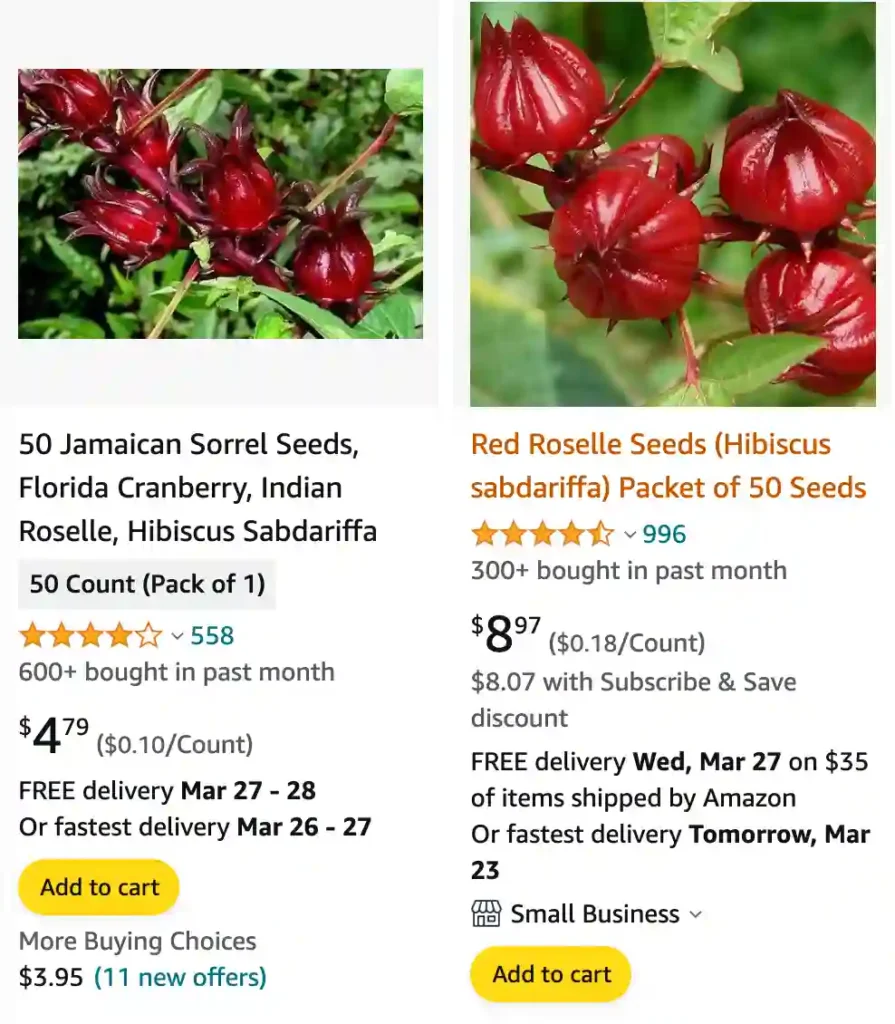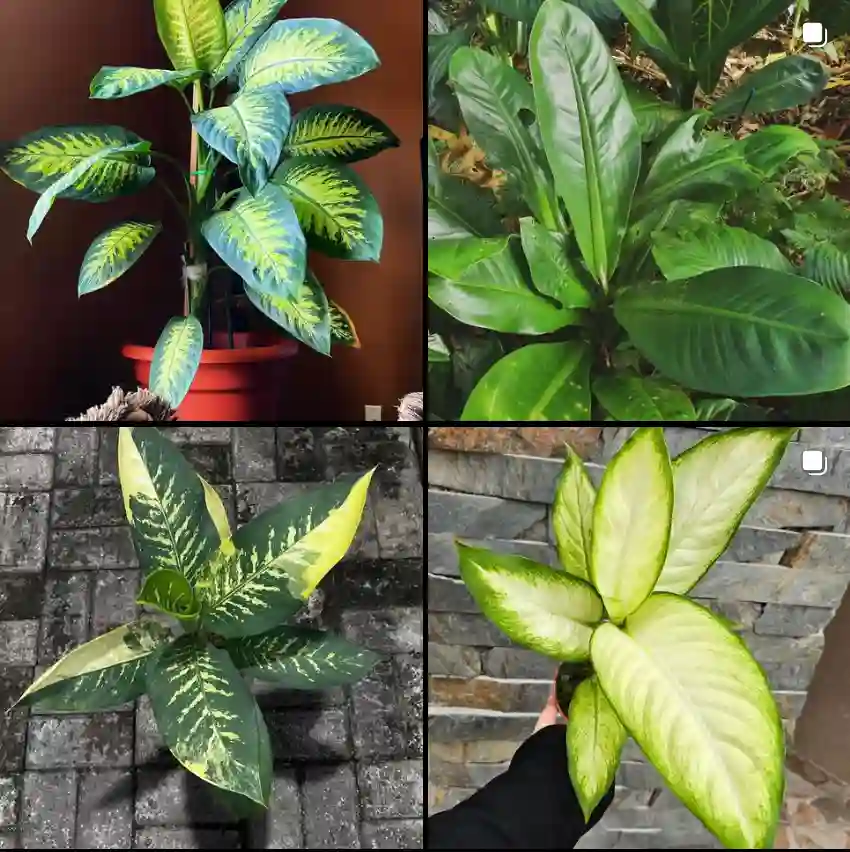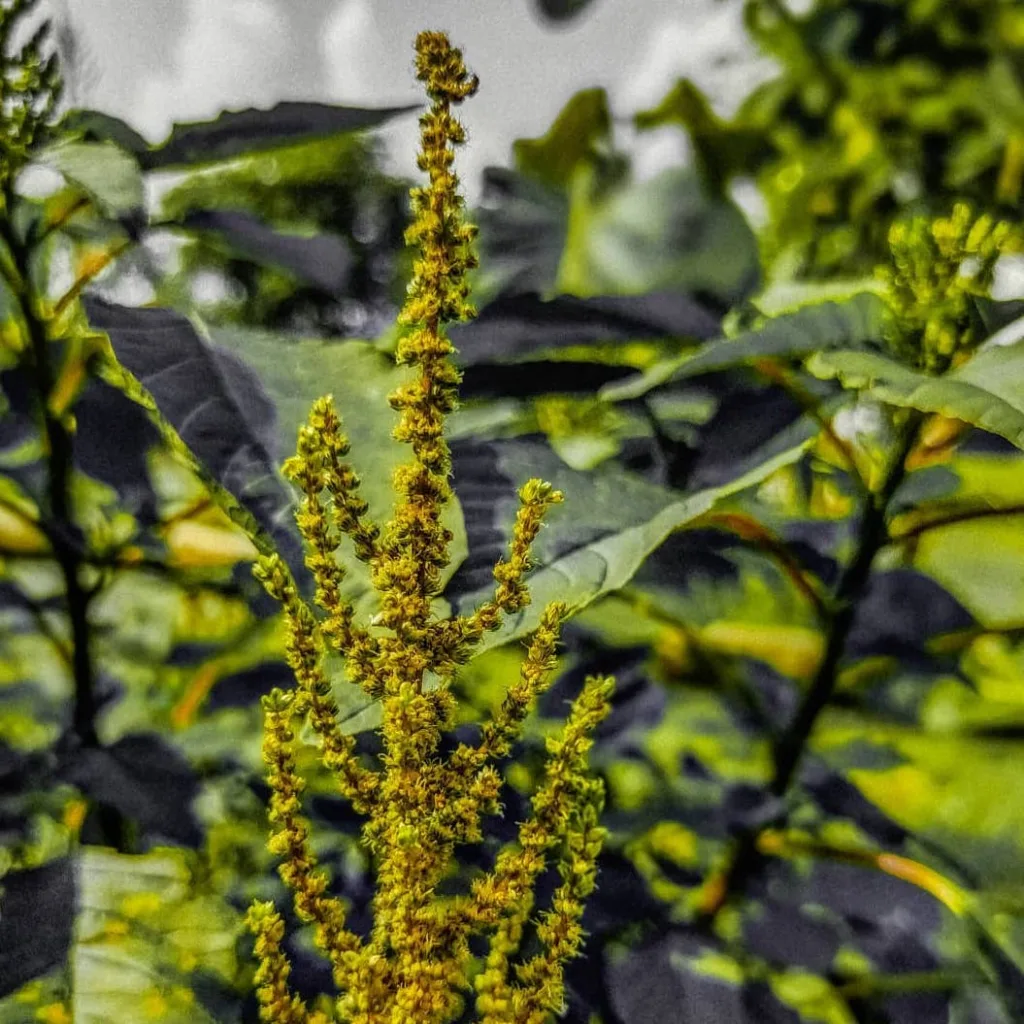
What is Hibiscus sabdariffa?
Hibiscus sabdariffa, also known as Roselle or red sorrel, is a species of hibiscus native to West Africa but now cultivated in many tropical and subtropical regions worldwide for its culinary, medicinal, and ornamental purposes.
439 Species in Genus Hibiscus
What is Hibiscus sabdariffa good for?
Hibiscus sabdariffa is known for its tart flavor and is commonly used to make herbal tea, known as hibiscus tea or roselle tea. The dried calyxes (the outer part of the flower) are used to make the tea, which is enjoyed both hot and cold. It’s rich in antioxidants and vitamin C and is believed to have various health benefits, including supporting heart health, lowering blood pressure, and aiding digestion.
How to grow Hibiscus sabdariffa?
To grow Hibiscus sabdariffa, start by planting seeds or seedlings in well-draining soil in a sunny location. The plant thrives in warm, tropical climates but can also be grown in subtropical regions with mild winters. Keep the soil consistently moist but not waterlogged, and fertilize periodically with a balanced fertilizer. Prune the plants to promote bushy growth and encourage flowering. Harvest the calyxes when they are plump and fully mature for use in teas and culinary dishes.
Is Hibiscus sabdariffa toxic to dogs?
Hibiscus sabdariffa is not considered toxic to dogs or other pets. However, it’s always a good idea to supervise pets around plants and consult with a veterinarian if you have concerns about your pet’s safety.
Where to buy Hibiscus sabdariffa plant?
You can buy Hibiscus sabdariffa plants or seeds from nurseries, garden centers, or online retailers that specialize in tropical or exotic plants. Additionally, you may find them at farmers’ markets or specialty food stores in regions where they are commonly grown.
Can you grow Hibiscus sabdariffa in the Pacific Northwest?
While Hibiscus sabdariffa prefers warm, tropical climates, it can be grown in the Pacific Northwest with some care. Plant it in a sunny, sheltered location and provide protection from frost and cold temperatures, especially during the winter months. Consider growing it in containers that can be brought indoors during colder weather.
Does Hibiscus sabdariffa grow in Arizona?
Hibiscus sabdariffa can be grown in Arizona, particularly in regions with warm temperatures and well-draining soil. However, it may require protection from intense heat and sun during the hottest parts of the day, especially in desert areas.
How tall is Hibiscus sabdariffa?
Hibiscus sabdariffa plants can reach heights of 6 to 8 feet under optimal growing conditions. However, they can be pruned to maintain a more compact size if desired.
How to grow Hibiscus sabdariffa in Phoenix?
To grow Hibiscus sabdariffa in Phoenix, provide it with a sunny location and well-draining soil. Water regularly, especially during the hot summer months, and provide protection from intense heat and sun exposure. Consider growing it in containers that can be moved to shaded areas during the hottest parts of the day.
How to make Hibiscus sabdariffa tea?
To make hibiscus sabdariffa tea, start by rinsing the dried calyxes under cold water to remove any dirt or debris. Place the calyxes in a pot and cover them with boiling water. Let the mixture steep for 10-15 minutes, then strain out the calyxes and sweeten the tea to taste with honey or sugar if desired. Serve the tea hot or chilled over ice.
Is Hibiscus sabdariffa evergreen?
Hibiscus sabdariffa is not evergreen; it’s a deciduous shrub that sheds its leaves in colder climates or during periods of drought. However, it can retain its leaves year-round in tropical regions with warm temperatures and consistent moisture.
Is Roselle Hibiscus sabdariffa a perennial?
Hibiscus sabdariffa, or Roselle, is typically grown as an annual but can behave as a perennial in tropical regions where it can survive year-round. In colder climates, it’s often grown as an annual and replanted each year.
If i die, water my plants!


